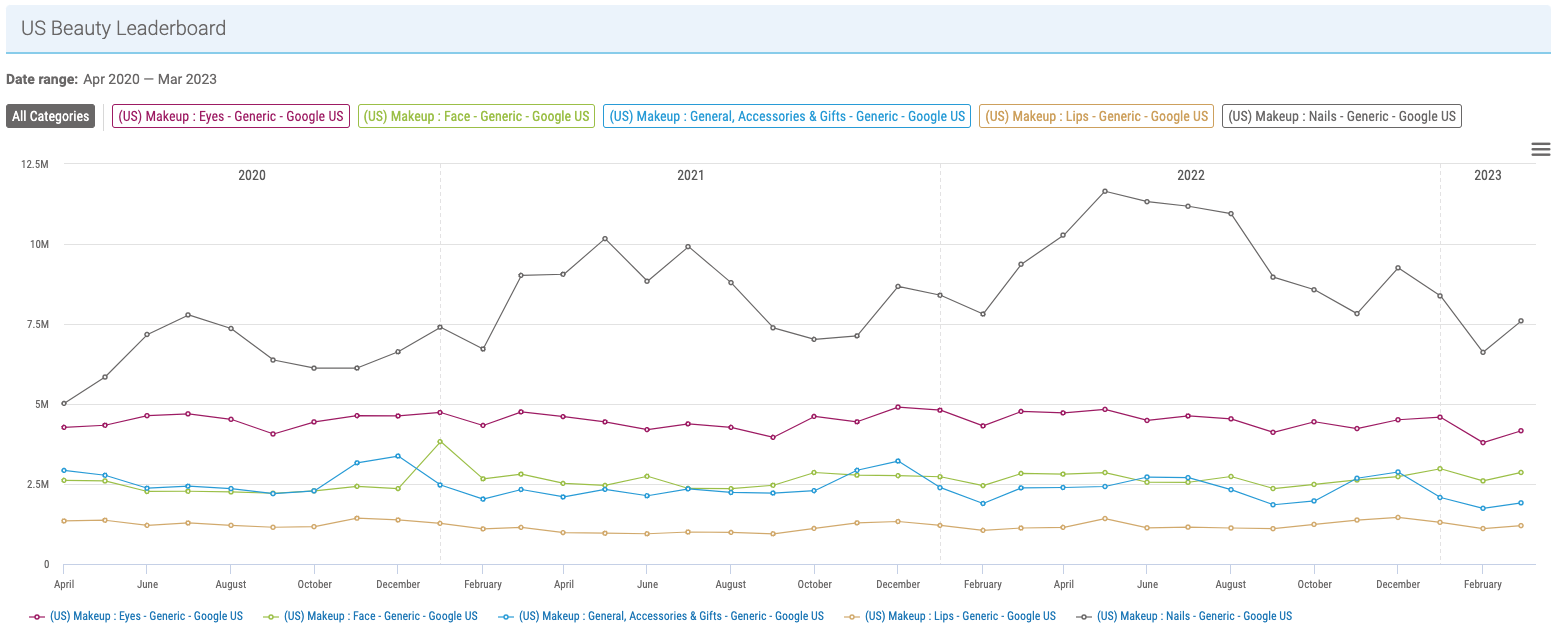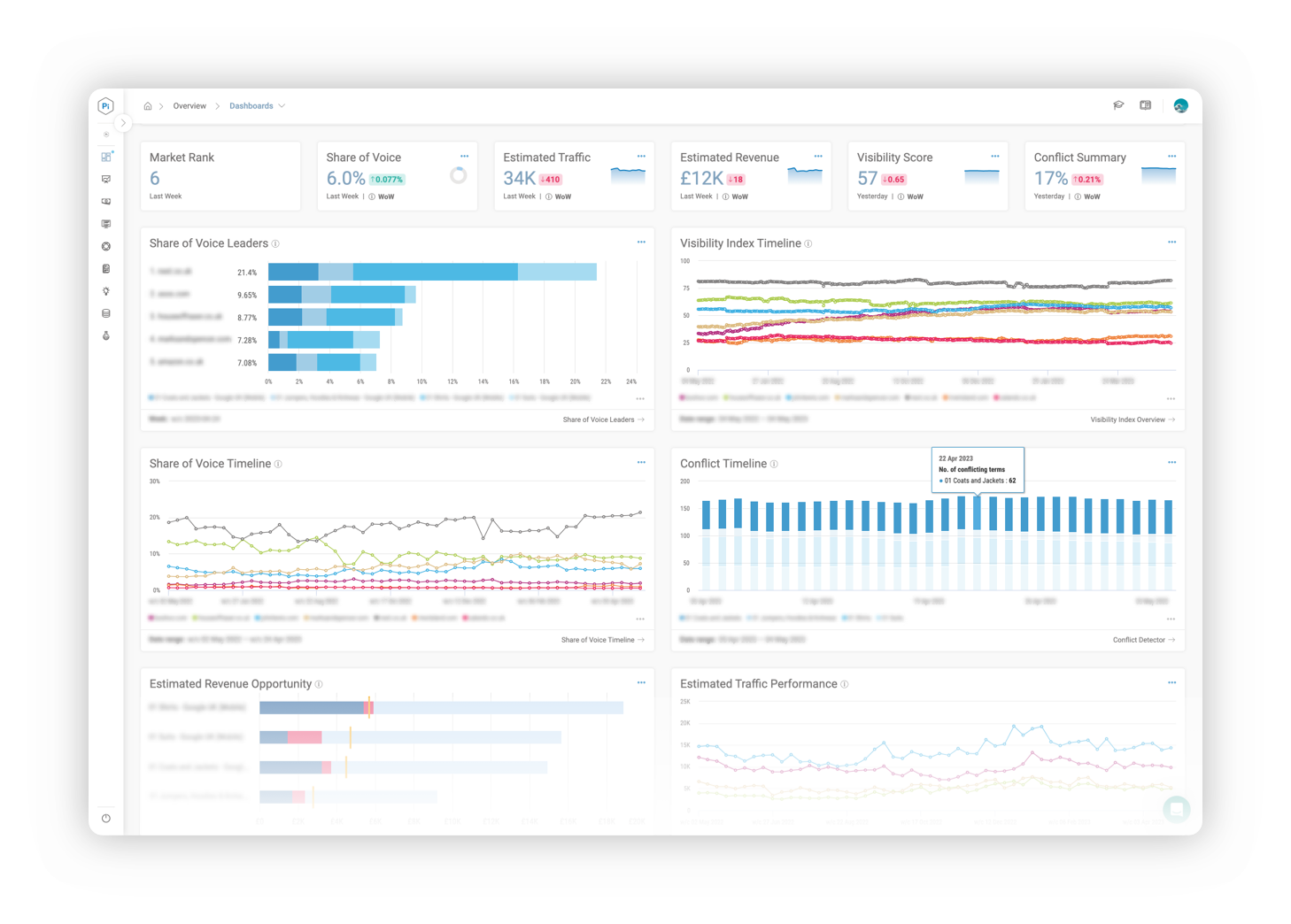But this isn’t always possible unless you have the right tools and insights at your disposal.
You need the data to understand who your audience is. You need the right tactics to outperform your competitors. And you need the right tools to evaluate your efforts and inform future strategies successfully.
What is a content marketing strategy?
A content strategy utilises various types of content ( audio, visual or written) to fulfil your business objectives.
A successful content marketing strategy attracts and engages your target audience at every stage of the marketing and sales funnel and well beyond the purchase phase.
4 simple steps to a successful content strategy
Search data and the SERP landscape provide so many opportunities to help shape your content strategy – from researching and planning to implementation and evaluation.
Read on to follow our 4-step formula for a successful content marketing strategy.
Research
The first step for any strategy should always be research. And a great place to start with your content strategy is checking out the competition.
Identify successful competitor profiles and evaluate their content. Get an idea of what works and what doesn’t.
Next, you need to understand the topics, the frequency, and the types of media that will connect you most effectively to your target audience.
Many of our users adopt Pi to predict future topic trends and discover where the highest value opportunities lie to inform their content strategies.
Plan
When it comes to planning out your content, always put your customer first. Use audience insights and search behaviour data to plan the types of content you need to achieve big results.
A great way to do this is to look at historical search volume data to spot patterns. At what time of year is there a demand for your product? How early on do searches start? When is the best time to create new content, and when should you be optimising the content you already have?

Diarise the rollout of new content based on seasonal, single-event or evergreen topics. And then, make sure you set campaign goals based on business KPIs and competitor benchmarks before implementing.
Implement
Once you’ve published your content, the work shouldn’t stop there. A successful content strategy also includes resources to continually optimise your content in real-time.
Analyse content performance with daily metrics to understand how search-friendly your content is and implement simple tweaks to gain more visibility.
Many of our users make use of Pi’s Content Diagnostics and Intelligent Copy tools to identify how a particular page can be better optimised for a given search term. This is a great way to highlight the strengths and weaknesses of a page and make changes accordingly.
Evaluate
You can’t have a successful content strategy if you don’t put time aside to evaluate what’s been working, and what hasn’t.
When measuring the success of a campaign make sure you are equipped with commercial, traffic, and share of voice metrics that can be easily understood by the wider business.
Don’t keep the successes and the learnings to yourself either. Share search insights across different teams in your business – from Social and PR to Merchandising and Product – in order to maximise performance and hit company-wide goals.
And lastly, keep a record of the elements behind a successful content rollout, then replicate it for future campaigns.

4 simple steps to kick-start your content strategy
- Continually research new content opportunities
- Plan your content around customer demand
- Implement content optimisation in real-time
- Evaluate content performance against KPIs and business goals
Understand how Pi’s Search Intelligence Platform can improve your content strategy with a personalised demo.
